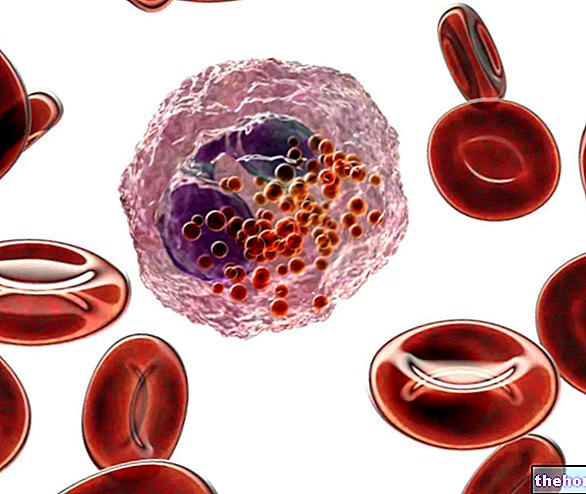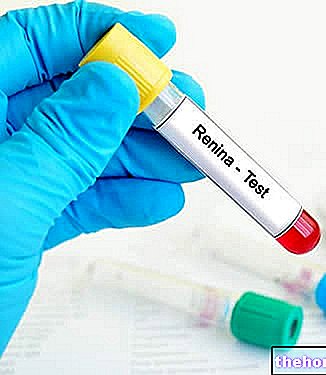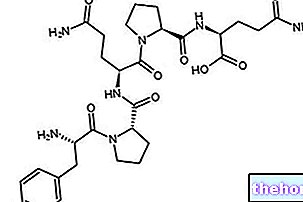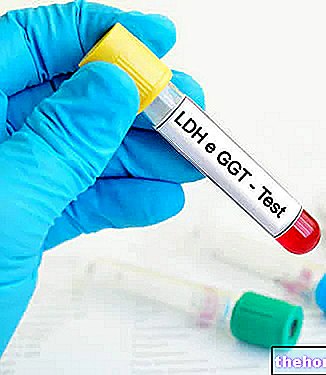The term hyperemia indicates the presence of an "excessive amount of blood" inside the vessels that supply a certain body region; for this reason it is often followed by the adjective "local".
Didactically two different types of hyperemia are recognized: active hyperemia and passive hyperemia. In the first case, the increased blood flow is the result of a relaxation of the precapillary sphincters and dilation of the arteriolar wall. Passive hyperemia, on the other hand, is the result of the impediment of normal blood flow, a typical phenomenon of inflammatory processes. In part of the cases, the hyperemia remains an absolutely physiological process, resulting from the increased metabolic activity of a certain organ (for example of the muscle when it contracts during an effort, of the digestive system organs after meals, or of the male penis during erection, a phenomenon that begins thanks to an active hyperemia and is maintained through a "passive hyperemia)

















.jpg)











